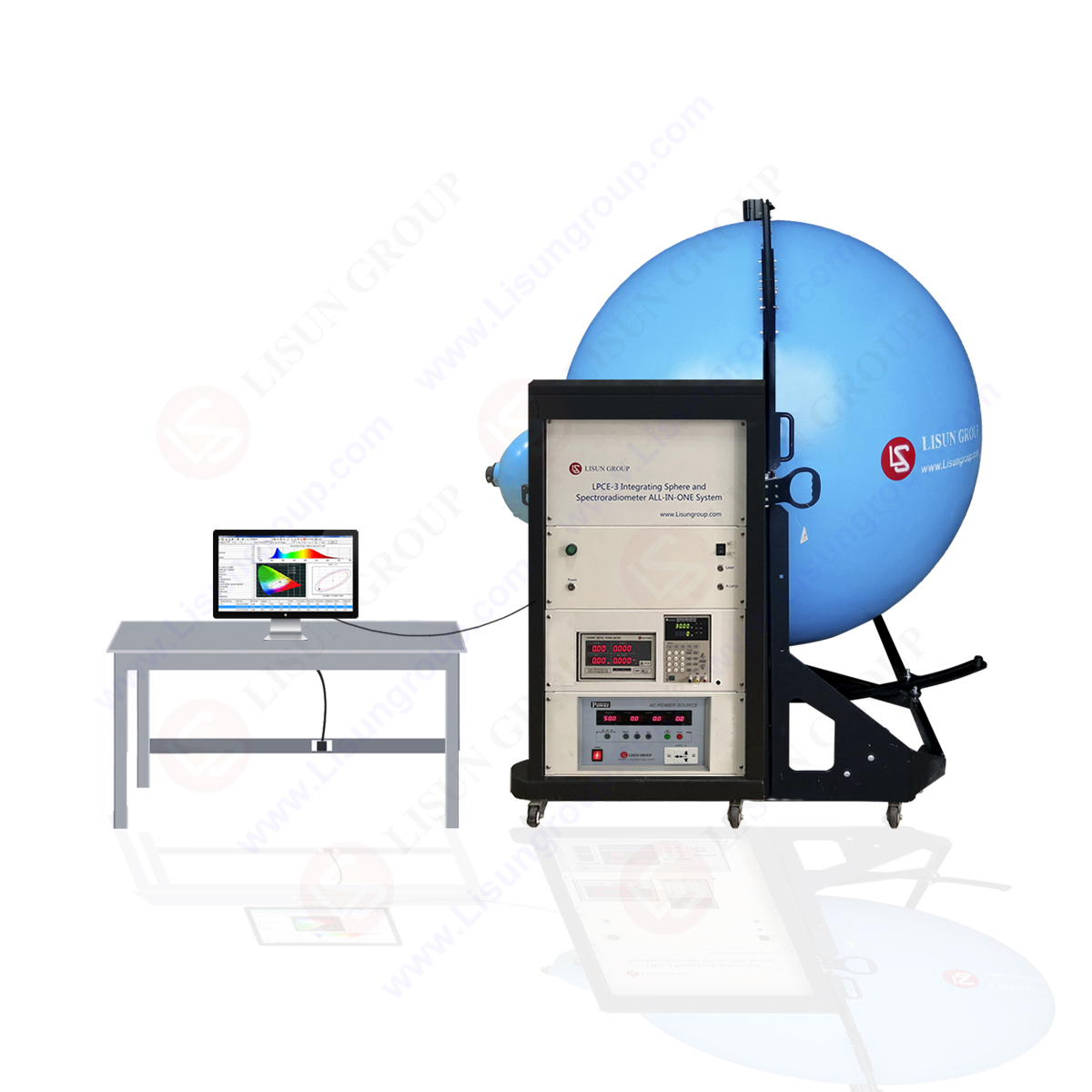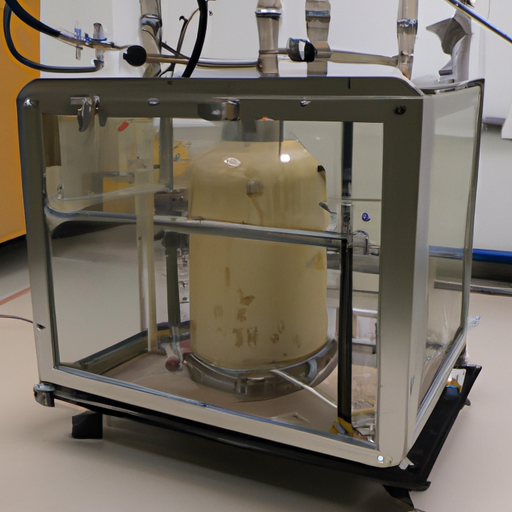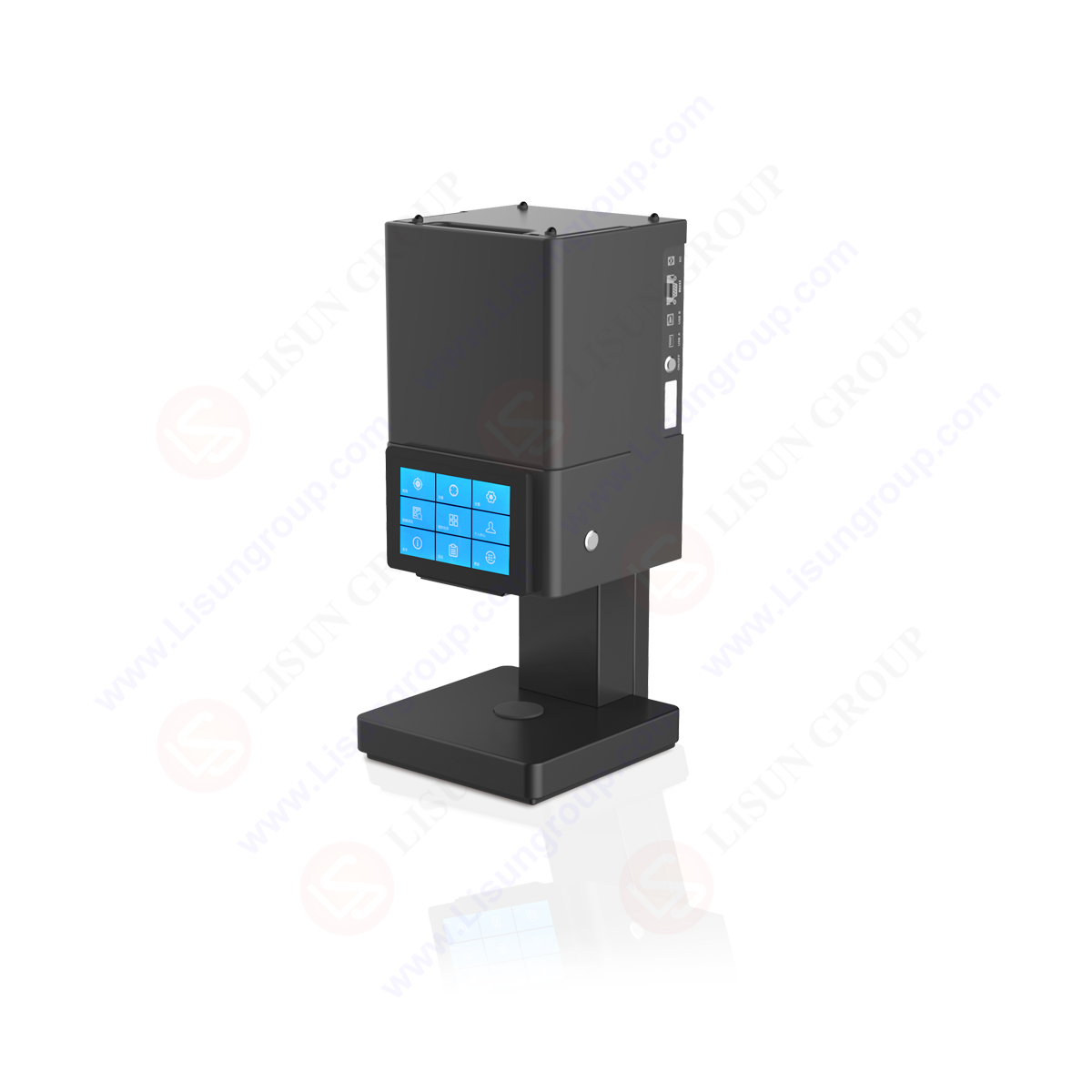During the day we can see colorful colors, but at night all objects become black. What factors are related to the color presentation of objects?
First of all, different objects will have different colors, so the color must be related to the properties of the object itself.
Then, under different light environments, the same object will show different colors. For example, the following apple has different colors under light and sunlight, which indicates that the color is related to the light source.
Finally, different people will have different feelings when looking at the same object, so the color presentation is also related to the human eye.

Apple Color
It can be concluded that the color presentation of an object is related to three factors: the attribute of the object itself, the light source, and the human eye. As shown in the figure below, the light source shines on the apple, and the human eye can feel the color of the apple.
1. Light source
Scientific definition, light refers to all electromagnetic spectrum, which can be divided into radio wave, infrared ray, visible light, ultraviolet ray, X-ray γ Ray, as shown in the figure. The wavelength of light that can be accepted by ordinary people’s eyes is 380~760 nm.
The sun is the largest light source for human beings. More than 99% of the solar fusion radiation spectrum is between 0.15 and 4.0 microns in wavelength. The solar spectrum distribution is shown in the figure. These bands are affected differently by atmospheric attenuation. Most of the visible radiation can reach the ground. Most of the ultraviolet radiation is absorbed by ozone in the upper atmosphere. The solar radiation energy reaching the ground is much smaller than the upper boundary of the atmosphere. The visible spectrum area is about 40%, the infrared spectrum area is about 60%, and the ultraviolet light content is very small.

Solar spectral distribution
Different light sources have different spectral distributions, such as incandescent light, blue light, red light and other light sources with different compositions at different wavelengths.
2. Attribute of the object itself
When light shines on an object, it will be transmitted, reflected and scattered. When light shines on a transparent object, most of the light penetrates the object, and only a small part of the light is reflected and scattered. When light shines on non transparent objects, most of the light is reflected and scattered, and almost no light passes through the object. Different objects have different transmissivity, reflectivity, refractive index and other attributes for each wavelength, so they show different colors. The color of transparent objects is determined by the light passing through the objects, while the color of non transparent objects is determined by the reflected and scattered light.
For example, the blue sky is because when sunlight enters the atmosphere, colored light with longer wavelength, such as red light, shoots to the ground through the atmosphere; The violet, blue and cyan light of wave length will scatter when it encounters atmospheric molecules, ice crystals and water drops. Scattered purple, blue and cyan light fills the sky, making the sky appear blue.
When the sky is filled with small water drops after rain, when the sun shines on these small water drops, light of different wavelengths scatters into the sky at different angles, forming a rainbow.
3. Human eye
The eye is an optical system composed of cornea, iris, lens, ciliary body and vitreous body. The structure of the eye is shown in the figure. The retina with blind spot and macula is the part of light sensitivity and signal processing, which is the key part of human vision; Optic nerve and brain are signal transmission and display systems. Since light with a wavelength less than 300 nm and a wavelength greater than 1400 nm can be absorbed by cornea, anterior chamber, lens, vitreous, etc., the wavelength range of light radiation can reach the retina is 300~1400 nm.
The light reflected from the external objects successively passes through the cornea, pupil, lens and vitreous body, and is refracted by the lens to fall on the retina to form an image. There are light sensitive cells in the retina. These cells transmit image information to certain areas of the brain through the optic nerve, and people have vision.
LISUN lauched Benchtop Spectrophotometer (Reflectance and Transmittance) DSCD-920 adopts 7 inches touch screen, full wavelength range, Android operate system. Illumination : reflectance D/8° and transmittance D/0°(UV included / UV excluded), high accuracy for color measurement, large storage memory, PC software, because of above advantages, it is used in laboratory for color analysis and communication.
Lisun Instruments Limited was found by LISUN GROUP in 2003. LISUN quality system has been strictly certified by ISO9001:2015. As a CIE Membership, LISUN products are designed based on CIE, IEC and other international or national standards. All products passed CE certificate and authenticated by the third party lab.
Our main products are Goniophotometer, Integrating Sphere, Spectroradiometer, Surge Generator, ESD Simulator Guns, EMI Receiver, EMC Test Equipment, Electrical Safety Tester, Environmental Chamber, Temperature Chamber, Climate Chamber, Thermal Chamber, Salt Spray Test, Dust Test Chamber, Waterproof Test, RoHS Test (EDXRF), Glow Wire Test and Needle Flame Test.
Please feel free to contact us if you need any support.
Tech Dep: Service@Lisungroup.com, Cell/WhatsApp:+8615317907381
Sales Dep: Sales@Lisungroup.com, Cell/WhatsApp:+8618117273997

 中文简体
中文简体






